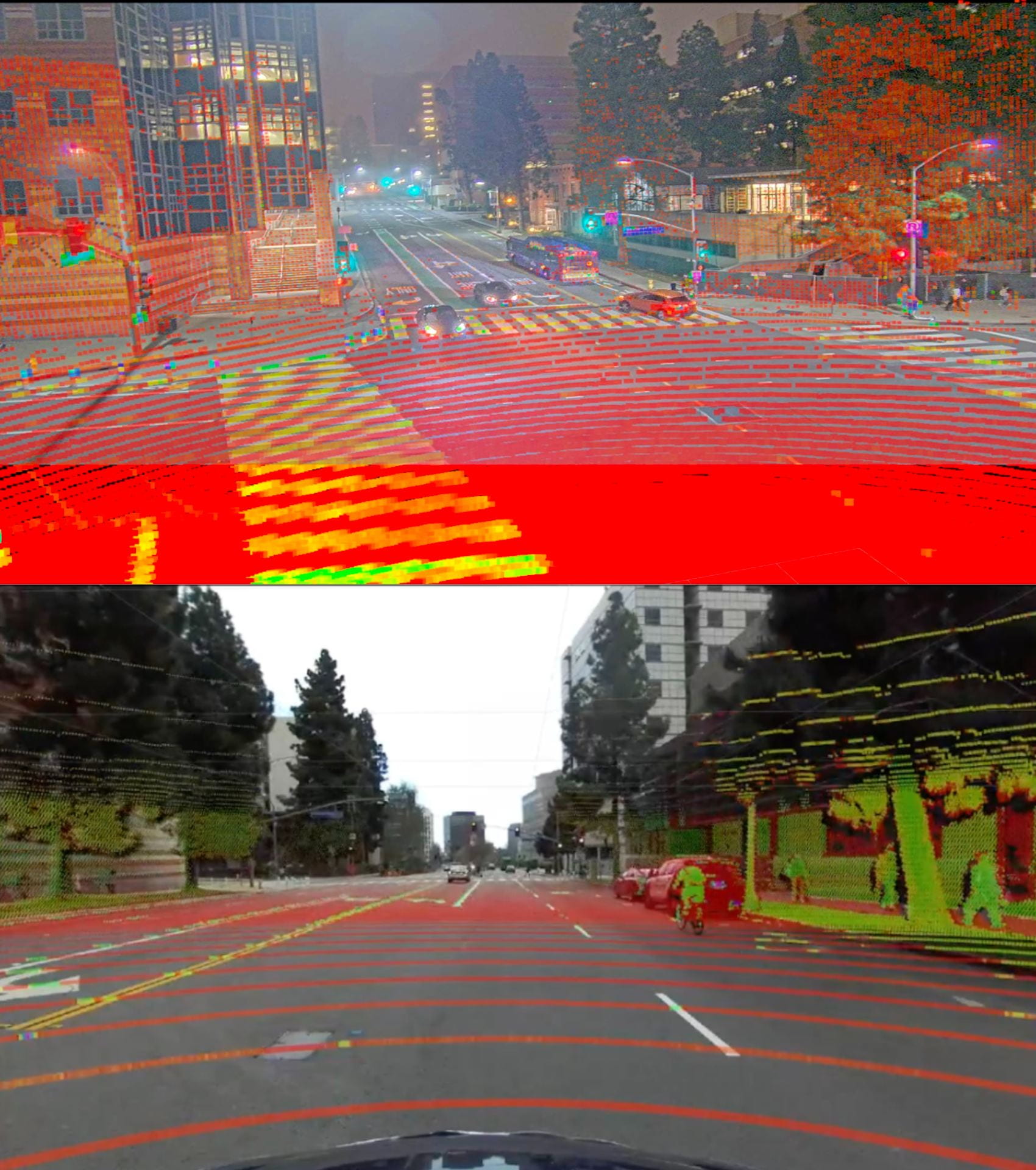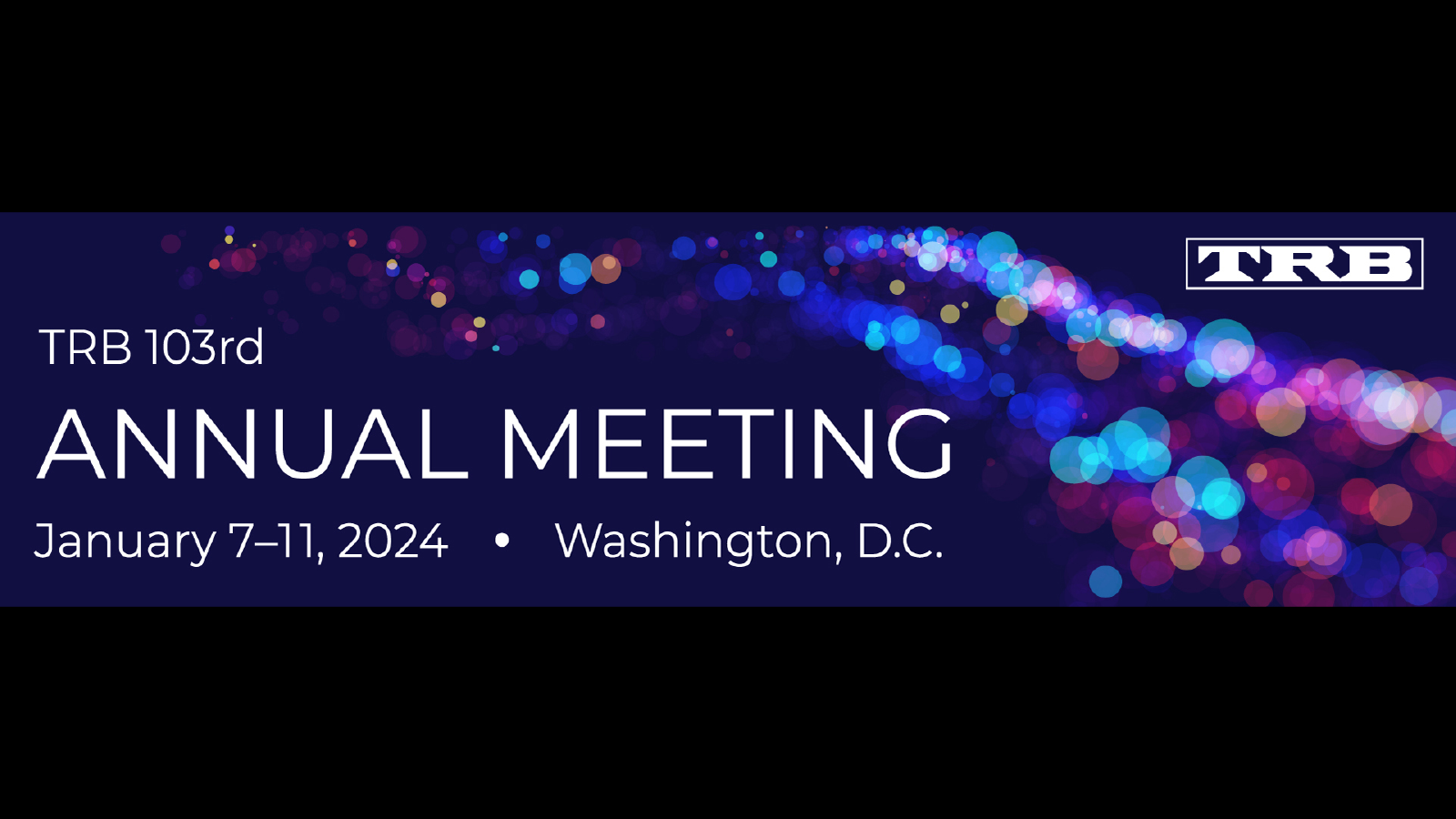Optimizing urban mobility: A data-driven approach to strategic Mobility Hub placement
superadmin2025-07-28T11:19:47-07:00Cities would need to facilitate a multi-modal mobility platform, which provides travelers with a range of flexible mobility options, such as fixed-route or flex-route public transit, micro-transit, ride-sharing, car rentals, bike-sharing, scooters, and walking routes, some of which can be potentially served by automated vehicles. Those options altogether have potential to help residents reach businesses, employment, health care and other essential points of interest. This research acquires mobility service data to understand travel behavior in choosing mobility options, optimize design of such a platform by optimally placing mobility hubs with multiple mobility options, with the ultimate goals of improving system efficiency, increasing ridership, reducing system cost and enhancing travel safety.


